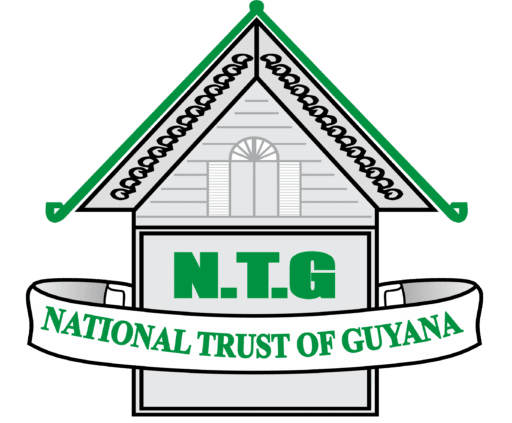Location: South Cummingsburg, Georgetown
Classification: Civil Landscape
Period/ Year Built: Circa 1812
Historical Background / Description:
Independence Park which is commonly called Parade Ground is located between Carmichael and Waterloo Streets and is bordered by Middle Street in Cummingsburg, Georgetown. The venue in the early 1800s was used for executing many slaves, who were condemned by the Court of Policy to death, commonly by hanging. Parade Ground was established after Lieutenant-Governor (Major-General) Hugh Lyle Carmichael on October 20, 1812, made a formal complaint to the Court of Policy on the inadequate facilities available for British troops and local militias. He later accepted 16 lots of land in Cummingsburg from Mr. Thomas Mewburn, Attorney for Thomas Cumings. The lots were to be used as a parade ground for the Military; the cost to prepare the land was borne by the court.
The most notable executions occurred in 1823 following the Demerara slave uprising. A number of rebels and their leaders were hanged after being sentenced to death. These slaves were hung on the gallows that were erected on the northern section of the ground. During the period of August 1823, to January 1824, a total of 56 slaves were sentenced to death; 33 of whom were executed. By 1847, the ground fell into disrepair and, in 1851; the area now known as the Promenade Gardens was sectioned off to be developed, reducing the size of the Parade Ground to what it is today. It was renamed Independence Park after Guyana gained its Independence in 1966.
